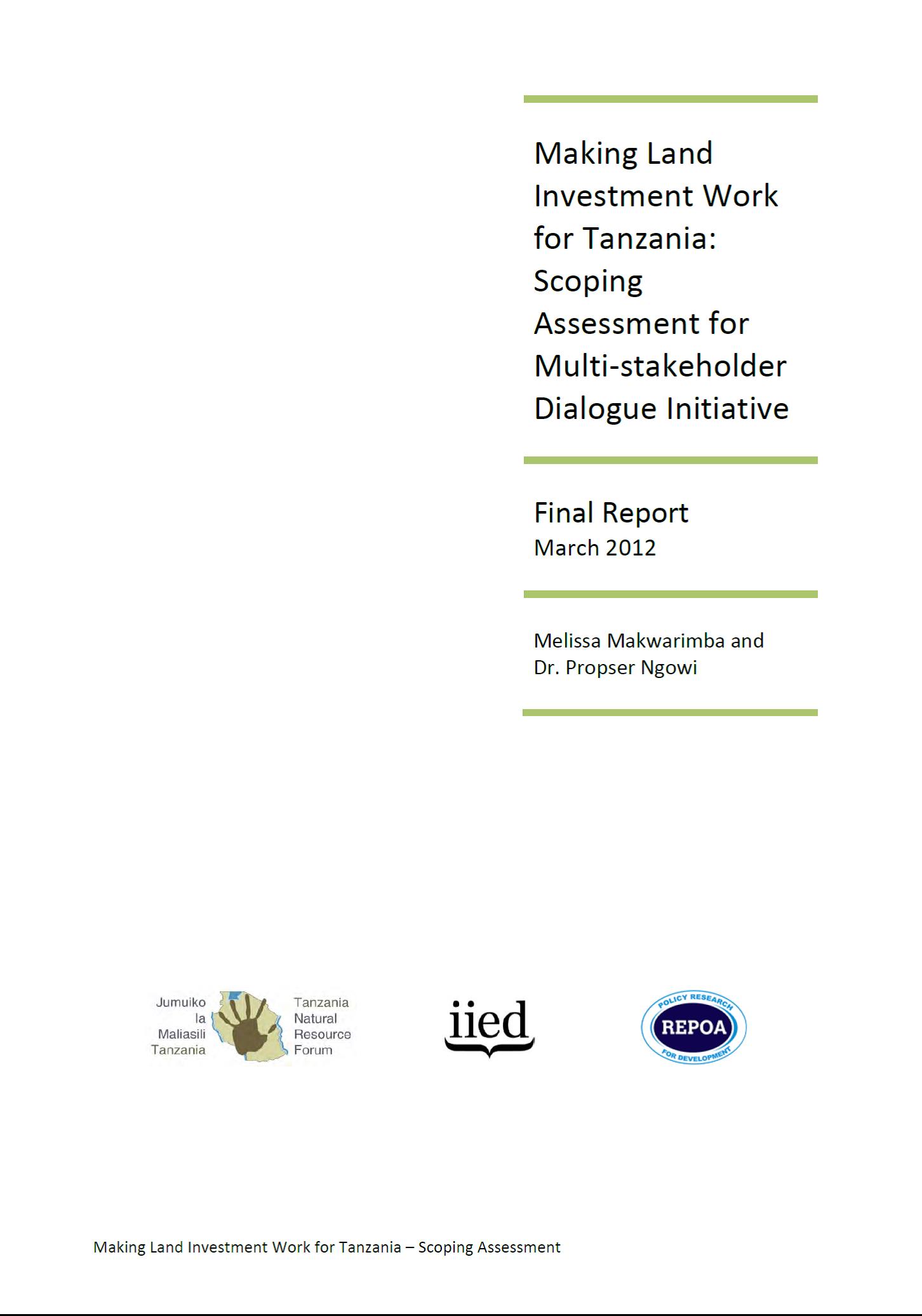Soil Endowments, Production Technologies and Missing Women in India
The female population deficit in India
has been explained in a number of ways, but the great
heterogeneity in the deficit across districts within India
still remains an open question. This paper argues that
across India, a largely agrarian economy, soil texture
varies exogenously and determines the workability of the
soil and the technology used in land preparation. Deep
tillage, possible only in lighter and looser loamy soils,


